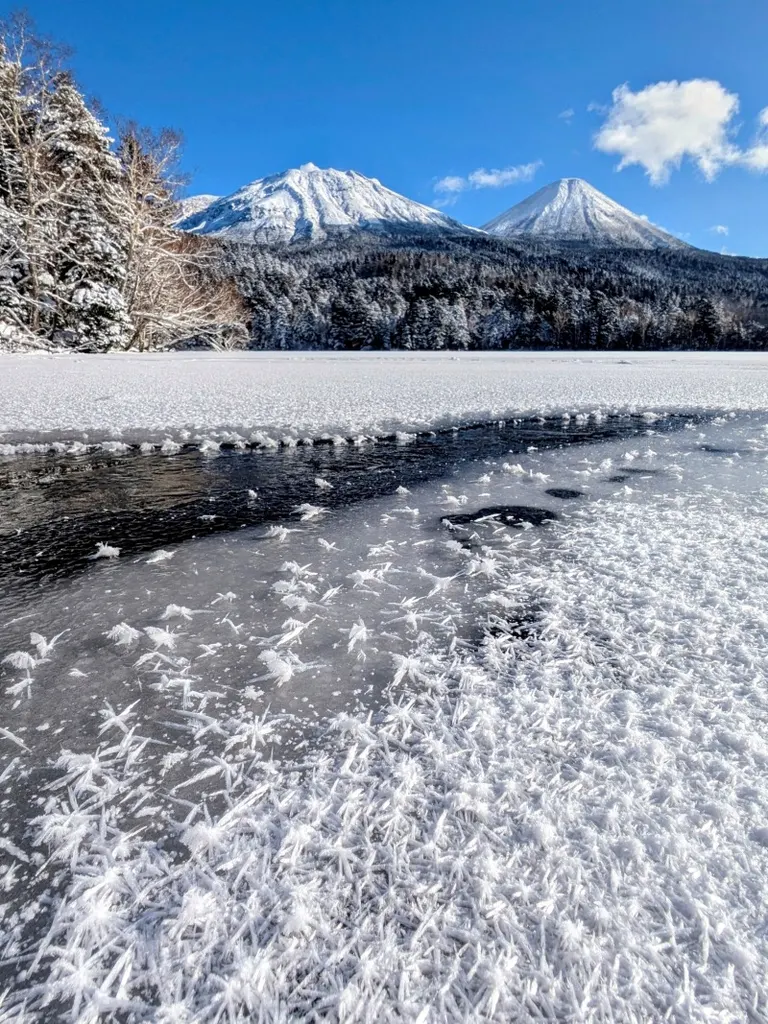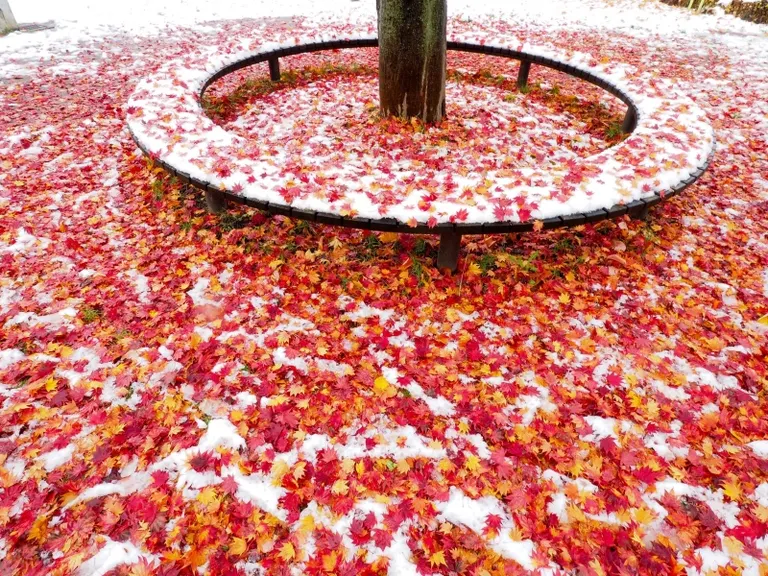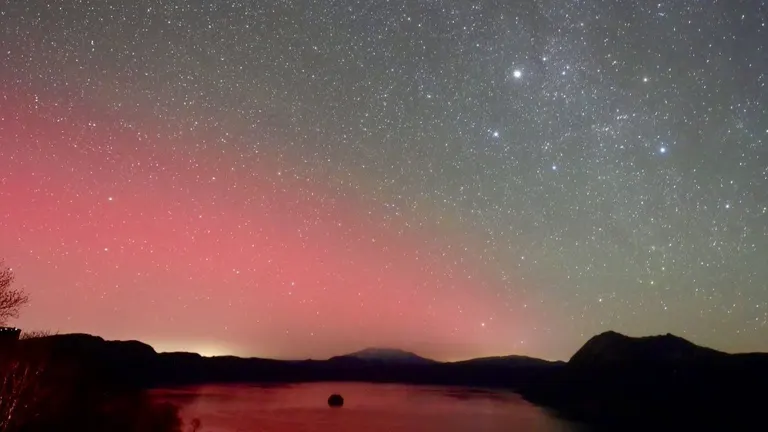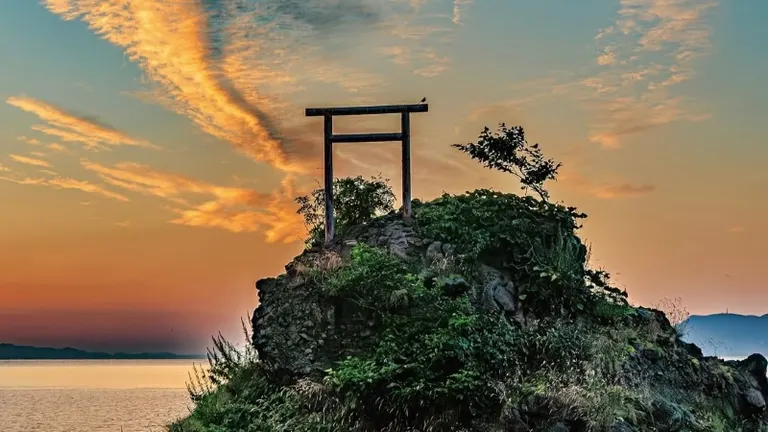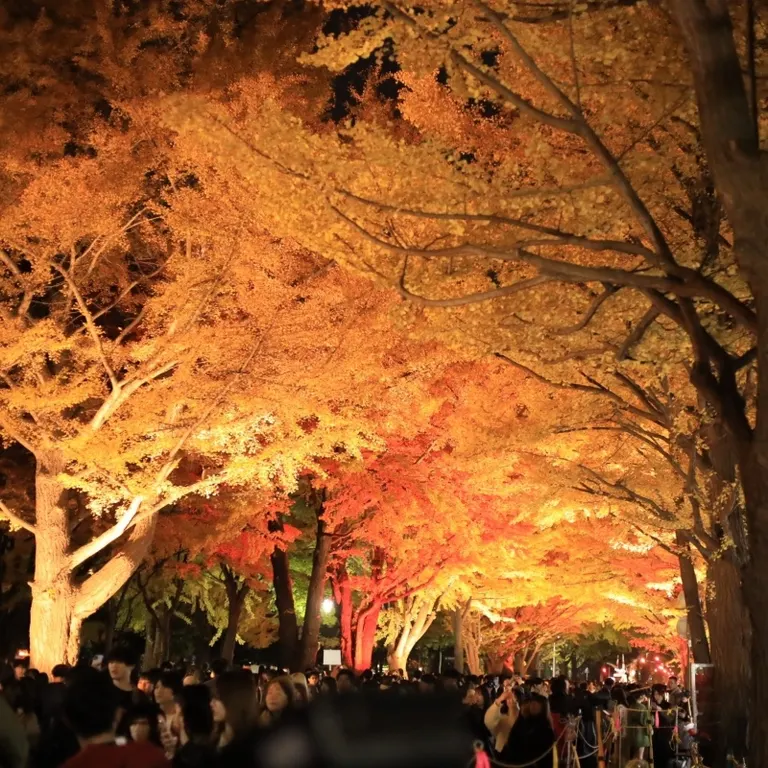
ARTICLES
Photographers recommend 7 natural winter phenomena in Hokkaido that you should see at least once in your life.
Would you like to experience the art created by nature unique to Hokkaido in winter? In this issue, we will introduce natural phenomena in Hokkaido in winter that you should see at least once in your lifetime, along with recommendations from photographers who actually took the photos!
- Frost Flower, a fantastic flower that blooms in winter
- Ice Bubble," a fantastic universe on the surface of a lake
- Jewelry Ice," a shining jewel on the shore
- Diamond Dust," an ice fairy descending
- Glass-like ice art "Yosegai
- The path of ice crossed by the gods, "Goshinmatari
- Drift Ice, the winter messenger that fills the sea

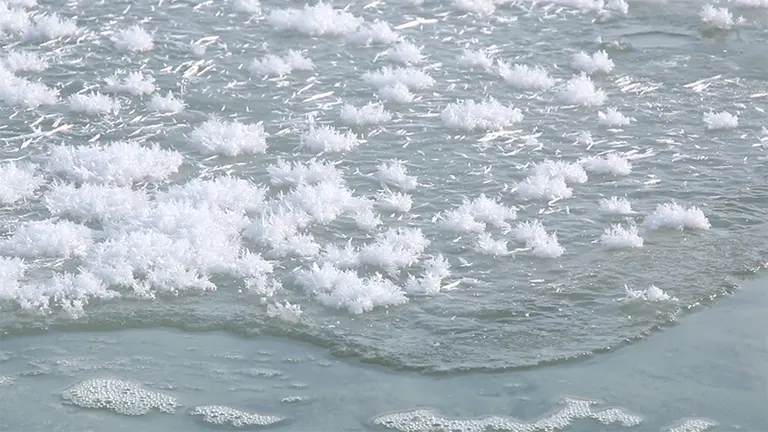
Recommendations by photographers
Frostflowers are a phenomenon in which water in the air sticks to the thinly frozen surface of the water and crystallizes. This "frost flower" blooms only in limited conditions, when there is no wind and the temperature is below minus 15 degrees Celsius, and can only be seen for a short time in the morning before the temperature rises.
You can see them in rivers and swamps on cold mornings when there is no wind, but the most famous spot is Lake Akan in Akan-Mashu National Park in eastern Hokkaido. The chances of seeing them are high because of the hot springs gushing out from the bottom of the lake and the caldera lake covered by mountains.

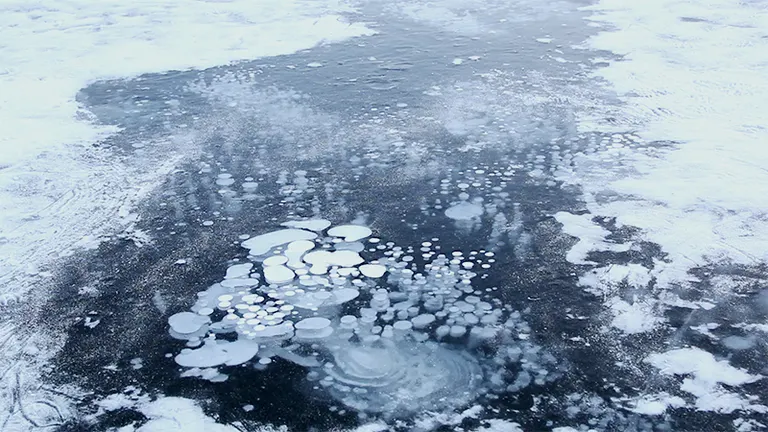
Recommendations by a photographer
This phenomenon occurs when gases generated from fallen leaves at the bottom of the lake become trapped in the ice before reaching the lake surface. The appearance of the time-stopped ice piling up from the bottom of the lake in various sizes is like a microcosm. This phenomenon can only be seen in winter when there is little snowfall.
It can be observed at Lake Nukabira in Tokachi and Onneto in Akan-Mashu National Park, but depending on conditions, it can also be seen in Lake Akan and other lakes in the process of ice formation.

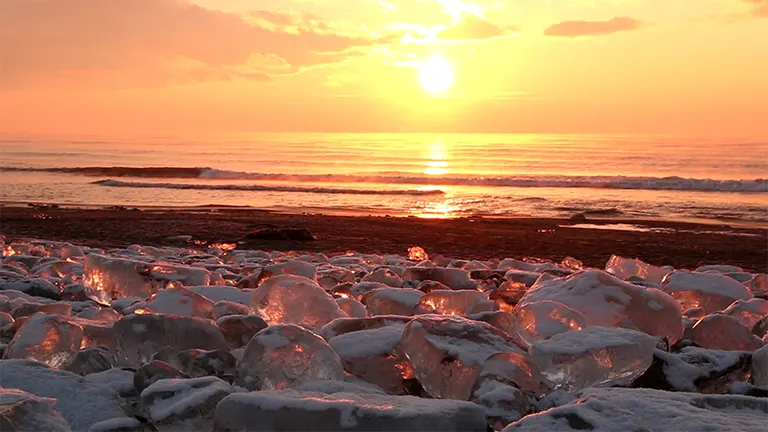
Photographer's recommendation
Frozen river ice in estuaries breaks off with the ebb and flow of the tide, and the chunks of ice that wash up on nearby beaches sparkle beautifully in the sunlight. The ice that is washed up by the waves looks like clear crystal, and depending on the time of day and weather conditions, it can be seen as jewelry shining in a variety of colors.
Toyokoro Town in Tokachi is the most famous spot, but the same phenomenon can also occur in parts of eastern Hokkaido.

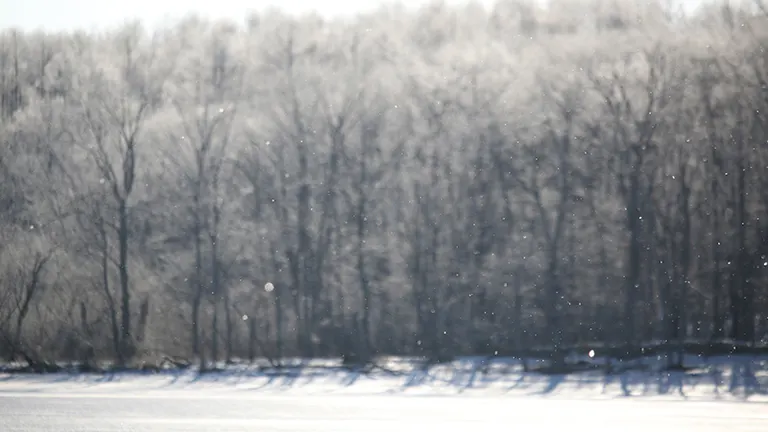
Recommendations by a photographer.
Diamond dust is a natural phenomenon officially known as "fine ice. It is called "diamond dust" because the water vapor in the atmosphere freezes at temperatures below minus 10 degrees Celsius, and the fine ice crystals appear to dance and sparkle all over the area, reflecting the sunlight.
It is a spectacle that can only be seen under limited conditions, such as extremely low temperatures, clear skies, and no wind, even during the harsh winter season.


Photographer's recommendation
This phenomenon occurs when thin ice that has broken off during the process of freezing and thawing on the surface of lakes and other bodies of water is pushed up to the shore by wind and waves. It creates a fantastic view as if glass plates are piled up on top of each other.
In Hokkaido, this phenomenon can be seen at Lake Kussharo in the east of Hokkaido.

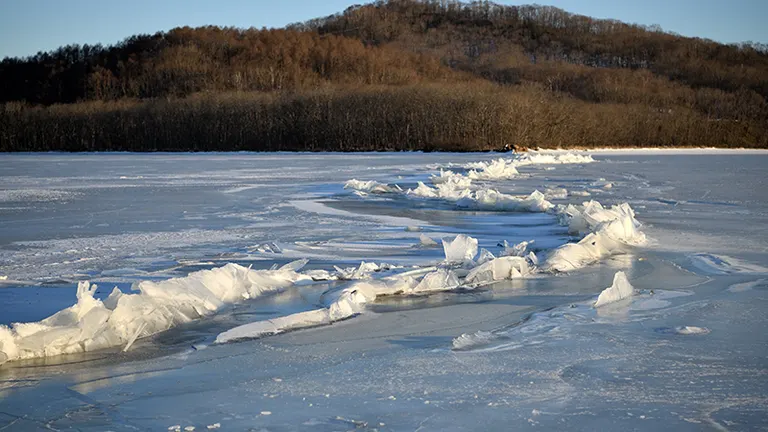
Recommendations by photographers
When the ice on lakes and marshes shrinks due to the drop in temperature, cracks appear, and when it expands due to the rise in temperature during the day, it rises. This is a natural phenomenon that occurs when this process is repeated over a number of days. The name "ojinwatari" comes from the fact that the cracks that continue from shore to shore resemble the passage of a god.
The legend of Lake Suwa in Nagano Prefecture is well known, but in Hokkaido, it sometimes occurs at Lake Tangji in the east of Hokkaido.

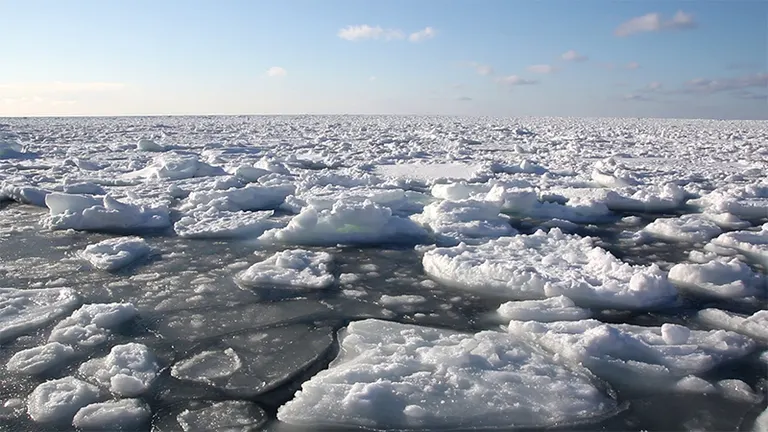
Recommendations by a photographer
Cold winds cause seawater to repeatedly freeze and drift away, and these small pieces of ice gather to form drift ice. The drift ice formed near Sakhalin is carried southward to Hokkaido by the cold northerly winds from Siberia.
The only place in Japan where drift ice can be seen is near the Sea of Okhotsk in Hokkaido, and the most famous spots are Shiretoko, Abashiri, and Monbetsu.
How was it? The winter art can be seen only in the harsh cold of Hokkaido's wilderness. Why not take a chance and visit?






